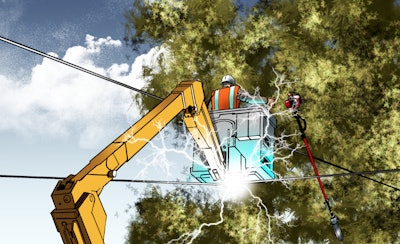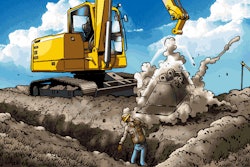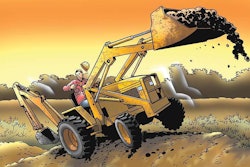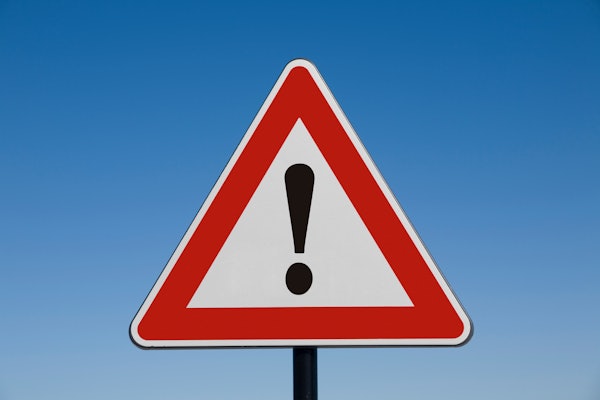
The bottom line: Before starting a project involving overhead power lines, call the utility company and find out what voltage is on the lines and if they can be cut off while the crew is working there. If the power lines can’t be shut down or have insulation applied to them, keep a 10-foot minimum distance from them.
Here are more safe practices for working near overhead power lines.
- Only use non-conductive ladders such as non-conductive wooden or fiberglass ladders.
- Conduct safety meetings about the use of long-handled tools and equipment that could come in contact with the lines.
- Don’t carry any conductive object closer than 10 feet to an energized line.
- Don’t operate equipment around lines if you are not authorized or trained to do so.
- Have a worker at the bottom of the bucket to keep track of how close the equipment and other workers are to the line.
- Never touch someone who is in contact with a live power line.
- Wear personal protective equipment (PPE) such as rubber-insulated gloves, hoods, sleeves or matting.









